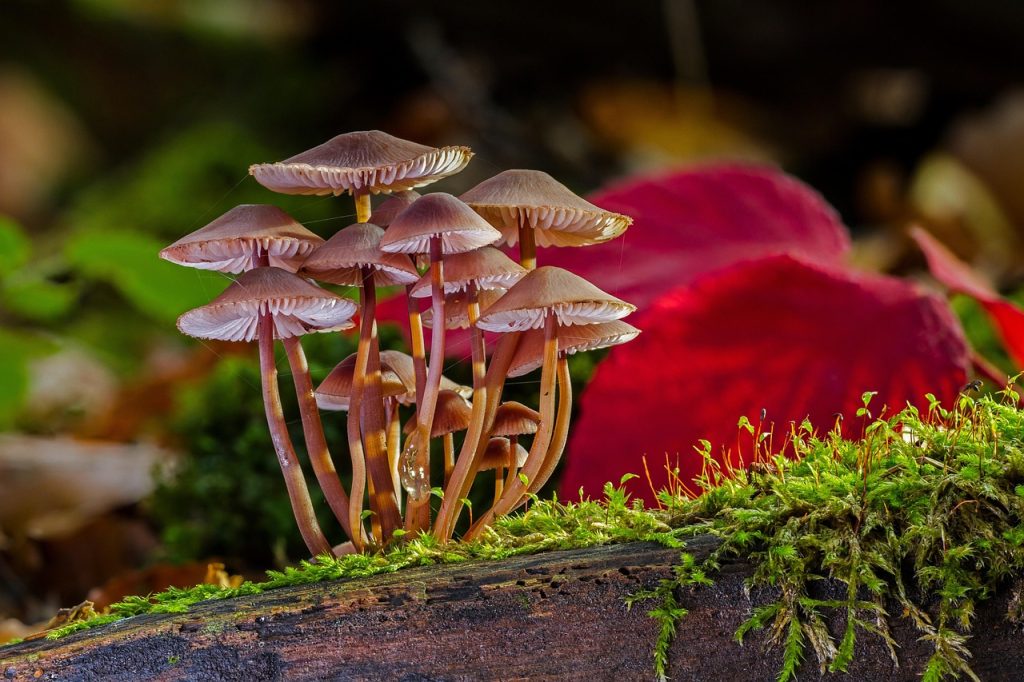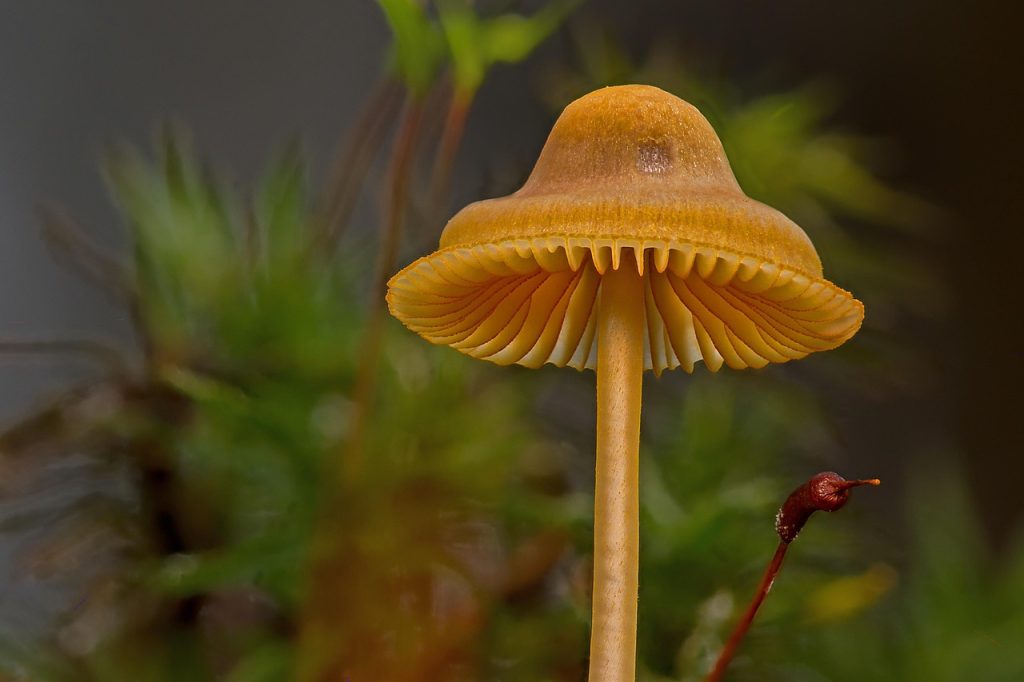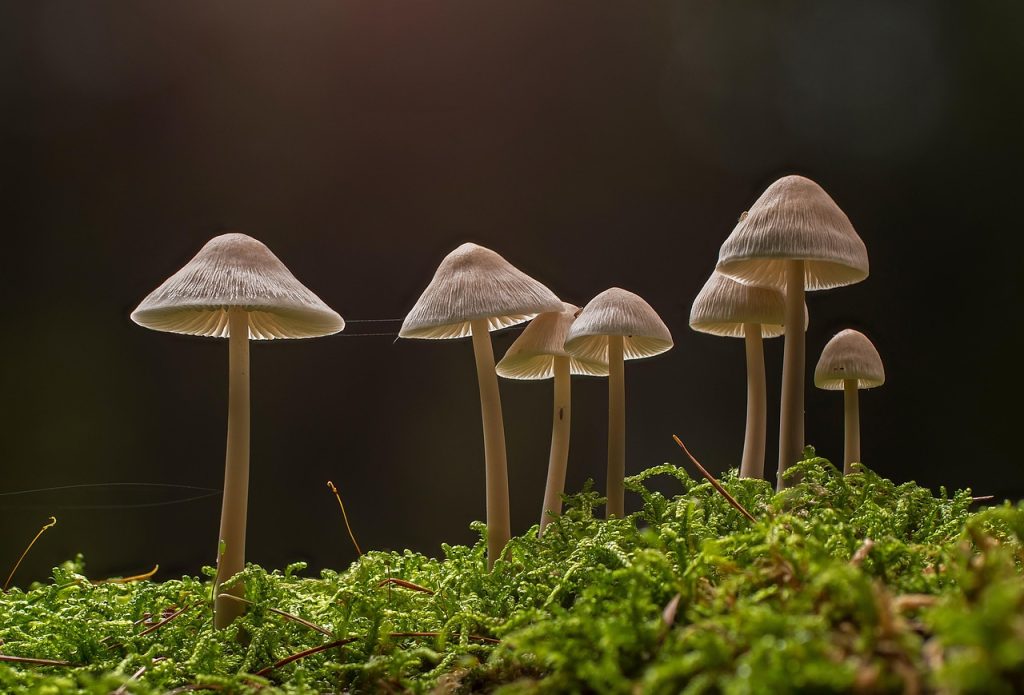If you’re new to gardening or curious about the natural world, you might wonder, “What type of plant is a mushroom?” The answer might surprise you: mushrooms aren’t plants at all! They belong to a completely different kingdom called Fungi. This guide will break down what mushrooms are, how they differ from plants, and how you can grow your own at home. With a friendly tone and practical tips, we’ll make the world of fungi fun and accessible for beginners!

Why Aren’t Mushrooms Plants?
Mushrooms are often mistaken for plants because they grow in soil and have a plant-like appearance, but they’re unique organisms. Unlike plants, which use photosynthesis to create energy from sunlight, mushrooms are part of the Fungi kingdom. They feed by breaking down organic matter, playing a vital role in ecosystems as decomposers. Here’s why mushrooms stand apart:
- No Photosynthesis: Plants have chlorophyll to convert sunlight into energy, but mushrooms lack this and absorb nutrients from their environment.
- Cell Structure: Fungal cell walls are made of chitin, unlike the cellulose in plant cell walls.
- Reproduction: Mushrooms reproduce via spores, not seeds, and their growth relies on a network of thread-like structures called mycelium.
Understanding these differences helps you appreciate mushrooms’ unique place in nature and how to care for them if you want to try growing them.
What Are Mushrooms? A Closer Look
Mushrooms are the fruiting bodies of fungi, the part we see above ground or on decaying wood. The real “body” of the fungus is the mycelium, a web of tiny threads that spreads underground or within a substrate (like soil or wood). Mushrooms come in countless varieties, from edible ones like cremini and oyster to wild, non-edible types like fly agaric. They thrive in moist, shady environments and are essential for breaking down organic matter.
Type of Plant Is a Mushroom for Beginners
If you’re curious about mushrooms, here are three beginner-friendly edible mushrooms you can grow at home, along with care tips to get you started:
1. Oyster Mushroom (Pleurotus ostreatus)
Description: Oyster mushrooms have fan-shaped caps in shades of white, gray, or pink, with a mild, savory flavor. They’re perfect for beginners due to their fast growth.
- Care Tips:
- Substrate: Grow on straw, coffee grounds, or a mushroom kit.
- Light: Low indirect light; avoid direct sunlight.
- Watering/Humidity: Mist regularly to maintain high humidity (80–90%).
- Temperature: 60–75°F (15–24°C).
- Why It’s Great for Beginners: Grows quickly and adapts to various substrates.

2. Shiitake Mushroom (Lentinula edodes)
Description: Shiitakes have brown, umbrella-shaped caps and a rich, umami taste, making them a favorite for cooking.
- Care Tips:
- Substrate: Use hardwood logs or sawdust blocks.
- Light: Low to moderate indirect light.
- Watering/Humidity: Keep substrate moist; mist to maintain humidity.
- Temperature: 50–80°F (10–27°C).
- Why It’s Great for Beginners: Reliable yield with mushroom kits and forgiving of minor mistakes.
3. Cremini Mushroom (Agaricus bisporus)
Description: Also called button or brown mushrooms, creminis have small, tan caps and a mild flavor, ideal for culinary dishes.
- Care Tips:
- Substrate: Compost or manure-based kits.
- Light: Minimal light; can grow in near-darkness.
- Watering/Humidity: Keep substrate damp; mist lightly.
- Temperature: 55–65°F (13–18°C).
- Why It’s Great for Beginners: Easy to grow with kits and widely available.
Table: Comparing Beginner-Friendly Mushrooms
| Mushroom Type | Difficulty Level | Best Substrate | Key Benefit |
|---|---|---|---|
| Oyster Mushroom | Easy | Straw, coffee grounds | Fast-growing, adaptable |
| Shiitake Mushroom | Moderate | Hardwood, sawdust | Rich flavor, reliable yield |
| Cremini Mushroom | Easy | Compost, manure | Widely available, culinary use |
Read More: Rose Plant Cell Types
Tips for Growing Mushrooms as a Beginner
Growing mushrooms is different from growing plants, but it’s rewarding and beginner-friendly with the right approach. Here are some tips to get started:
- Use a Mushroom Kit: Pre-made kits for oyster, shiitake, or cremini mushrooms simplify the process by providing a ready-to-go substrate.
- Maintain Humidity: Mushrooms need high humidity (80–90%). Use a spray bottle to mist the growing area or cover with a humidity tent.
- Control Temperature: Keep your growing area within the ideal temperature range for your mushroom type.
- Avoid Contamination: Wash hands and sterilize tools to prevent mold or bacteria from competing with your mushrooms.
- Be Patient: Mushrooms can take 1–4 weeks to fruit, depending on the type and conditions.

FAQs: Type of Plant Is a Mushroom
No, mushrooms like oysters and creminis are easy to grow with beginner-friendly kits. They require minimal light and simple care, like maintaining humidity.
Mushrooms are fungi, not plants. They don’t use photosynthesis, have chitin-based cell walls, and grow from mycelium, absorbing nutrients from organic matter.
Yes! Mushrooms thrive indoors with low light, high humidity, and a suitable substrate like straw or compost. Kits make it easy for beginners.
Mushrooms from reputable kits (oyster, shiitake, cremini) are safe if grown properly. Avoid wild mushrooms unless you’re an expert, as many are toxic.
Unlike plants, mushrooms need little to no light. Low indirect light or near-darkness works best for most edible varieties.
Conclusion
Mushrooms aren’t plants, they’re fascinating fungi with unique characteristics and a vital role in nature. Whether you’re curious about their biology or eager to grow your own, mushrooms like oyster, shiitake, and cremini are perfect for beginners. With simple care tips and the right setup, you can start your mushroom-growing journey with confidence. Pick a mushroom kit, create a humid environment, and dive into the world of fungi today!